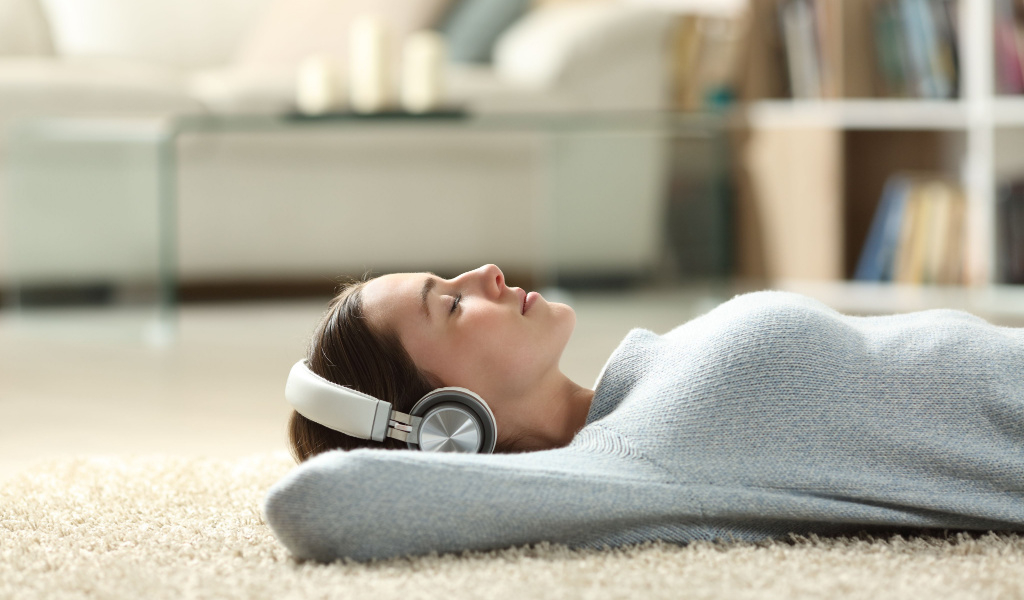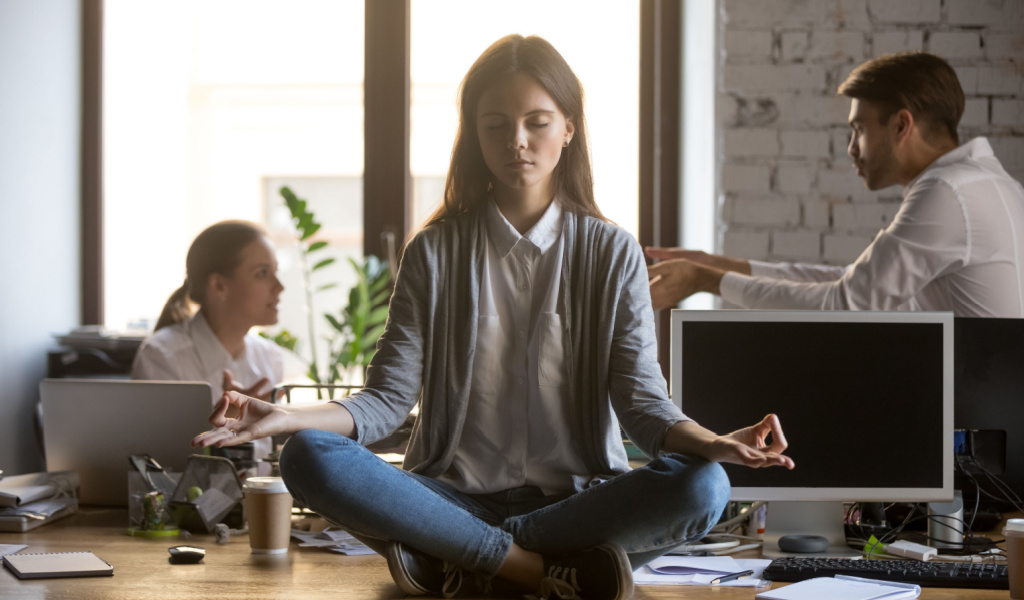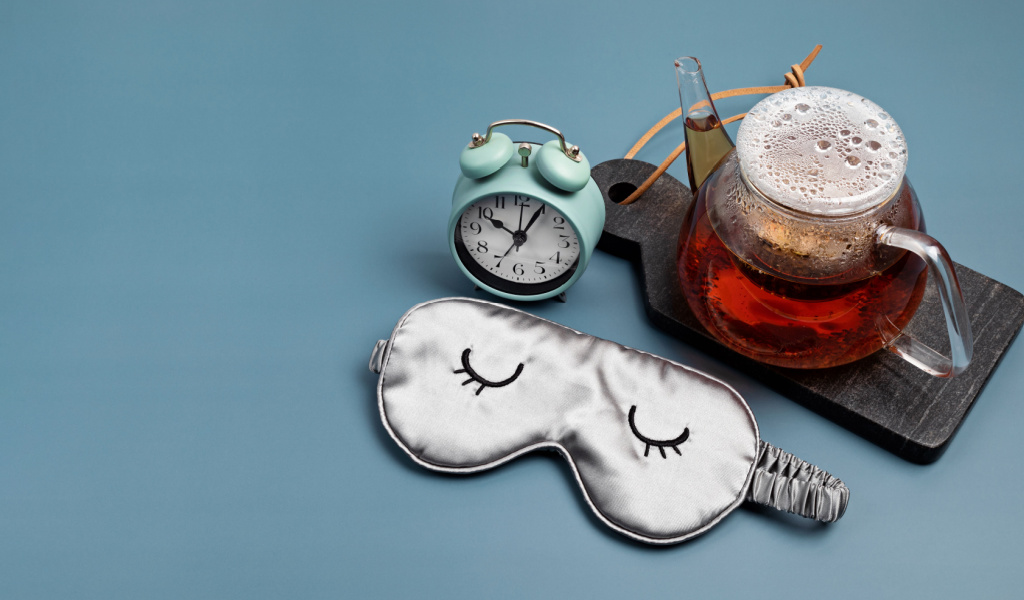Stress has, unfortunately, become a regular fixture in our lives these days and we’ve somehow grown to get used to it. But the effects of stress have a lot more reach than you may think initially. Not only does it affect one’s mental health, but it also leads to many physical consequences, such as chronic pain and fatigue. However, one of the most common ways that stress manifests itself in your body is through headaches or migraines.

However, before you run to the doctor’s office, there are a few things you can do at home to help relieve your tension headache. There are several relaxation techniques that take only a few minutes to do right in your own home. All you need is a quiet, distraction-free area and a few minutes of your day.
So, if you’re ready to get started, here are 6 proven relaxation techniques that can help you get rid of those troublesome migraine headaches.
Breathing Techniques
A lot can be attributed to the way you breathe. I know that sounds a bit silly considering that breathing is the most natural instinct any human beings have and most of us don’t put much thought into the way we breathe. But the fact remains that taking control of your way of breathing can help relieve a lot of built-up stress and anxiety. You don’t have to do it all day long, but practicing for a few minutes daily will help you automatically fall into the habit of regulating your breathing without thinking about it.
There are several different ways to practice mindful breathing. The easiest and most common method is deep breathing. First, you need to breathe in slowly, but deeply until your abdomen is filled with air. Then, you exhale slowly to release the air – sort of like filling and then deflating a balloon! Focus on the air that’s flowing through your lungs and repeat the “inhale, exhale” pattern a number of times to bring on feelings of calmness and relaxation.
Then there’s rhythmic breathing. This is similar to deep breathing, but the breaths aren’t meant to be quite as long – each inhale and exhale should last for as long as it takes to count to 5. Rhythmic breathing is most useful to help calm yourself immediately in a highly triggering situation. People tend to take short and rushed breaths when they feel stressed, which only tends to alleviate the negative emotions. Taking control of your breath and recognizing what you’re doing can help your body relax and heal.
And then there’s visualized breathing, which is a more advanced breathing technique, but not one that is too hard to do either. Visualized breathing is easier to do when you’re in a place where there are no other distractions. Close your eyes and breathe in slow and deep, all the while visualizing the air entering your nostrils, moving through your lungs, passing through your chest and abdomen, and then coming back up again. As you breathe out, imagine the negative energy in your body leaving as well. You will notice the expansion and contraction of your lungs and how the air feels as it moves through different areas of your body. This helps meld your mind and body, relaxing both.
Music Relaxation
The positive effects of music have been extensively researched and almost everyone unanimously agrees on its benefits. Music is a great way to help you relax. It can be a great distraction when you feel your mind starting to go a mile a minute, and certain types of music can really help calm down a stressed mind and jittery nerves. Soothing music can also be played to help enhance breathing exercises or other relaxation exercises such as yoga or meditation. Alternatively, listening to audiotapes can also be beneficial.

Progressive Muscle Relaxation
Progressive muscle relaxation is a deep relaxation technique that has been proven to help people who suffer from stress, chronic pain, and insomnia as well. It combines breathing exercises with the tensing and releasing of different body parts to help relieve the built-up pain or tension.
To practice progressive muscle relaxation, focus on an area of your body that is having an issue such as muscle pain, or in this case, a headache. Inhale and exhale slowly while focusing on different parts of your body to identify which areas need focus. Tighten the muscles in that area for about 5 seconds and then slowly release the tension and let them relax for about 10-20 seconds. You can also make moves such as turning your head in a circular motion or moving your shoulders backward and forward to aid in the process. Positive vibes are also important in making sure this works, so it helps to think of something that makes you happy.
Guided Imagery Relaxation
If you’ve heard someone refer to their “happy place”, they were technically talking about guided imagery or mental imagery relaxation – even if they may not have known that’s what it was! Guided imagery relaxation is not just a coping mechanism, but a scientifically proven method of relaxation that helps reduce stress and anxiety. Some people even report gaining deeper levels of wisdom and becoming more in touch with their own subconscious. It is also known to provide long-lasting physical benefits, which can help alleviate migraines and headaches.
There are a few ways in which a person can practice guided imagery relaxation. The simplest of them is to self-meditate by building a place or scenario in your mind that makes you happy. For some, it may be a beachfront vacation home and for others, it may be winning the lottery, so it differs from person to person. A “mental escape”, if you will.
You can also have a guided mental imagery session where you listen to someone, a professional therapist, a yoga instructor, or even a recorded version of yourself, to help you navigate the scenery in your mind. Or you can simply have your inner voice guide you through it all.
Self-talk is another way to practice mental imagery relaxation. Again, this may be another method that you have heard of without realizing the technicality behind it. Self-talk is simply saying nice and empowering things to yourself to harvest positive vibes in your life. You can say things like “I am strong and able”, “I can achieve anything I put my mind to”, and “I let go of things that are not in my control”.



